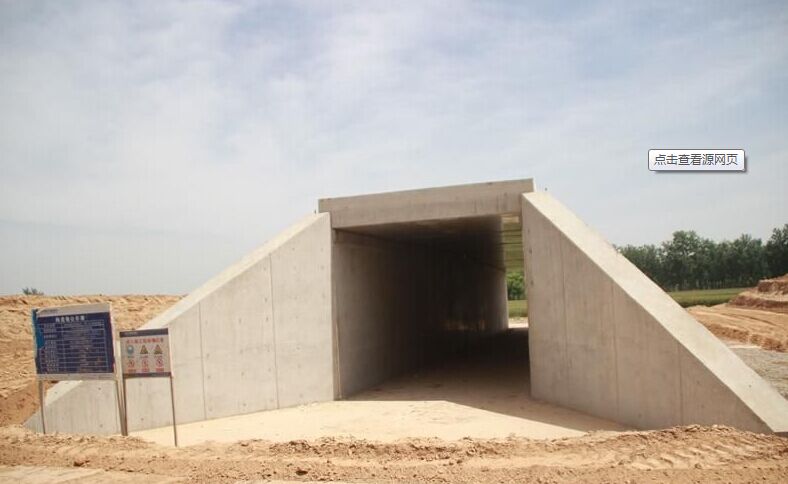
If you are going to construct a driveway that must cross a drainage ditch along the road or natural drainage somewhere on your property, you will have to install a culvert. Culverts are made of reinforced concrete, corrugated steel or heavy gauge plastic, and they come in a variety of sizes depending on your needs. Installing them can be difficult to get everything at just the right angle to get the proper run off.
Instructions
1. Check with your local building code department to see if you need a permit to build a driveway culvert. In most municipalities you will need to get a driveway permit. If the building code department does require a permit, it will also have requirements about the size pipe you will need, and may have other required specifications to standardize the process.
2. Purchase your culvert pipe. The pipe will need to be long enough to extend past the low end of the driveway. This will prevent water from pooling and causing any erosion, thus damaging the integrity of the driveway. The height will be from the bottom of the drainage ditch to approximately 1 foot below the driveway. Depending on the amount and size of the traffic that will be going in and out of the driveway, you will need from 6 to 18 inches of backfill over the pipe and below the driveway. This will protect the pipe from being damaged by the traffic.
3. Dig out the drainage ditch. You need a smooth surface to lay your pipe in. If you need to fill any dirt back in, do so in small amounts and tamp it down. Give your culvert between a 1 to 4 percent slope so the water flow rate is about 2 1/2 feet per second. Lay in your culvert pipe.
4. Backfill the dirt over and around the pipe. Try to use soil that is as close to the natural soil in the area as possible. Fill small amounts at a time and tamp down well. Cover with about 1 foot of dirt and give it a slight slope out towards the street to keep water from coming back to your yard. Now it's ready for you to install your driveway.

